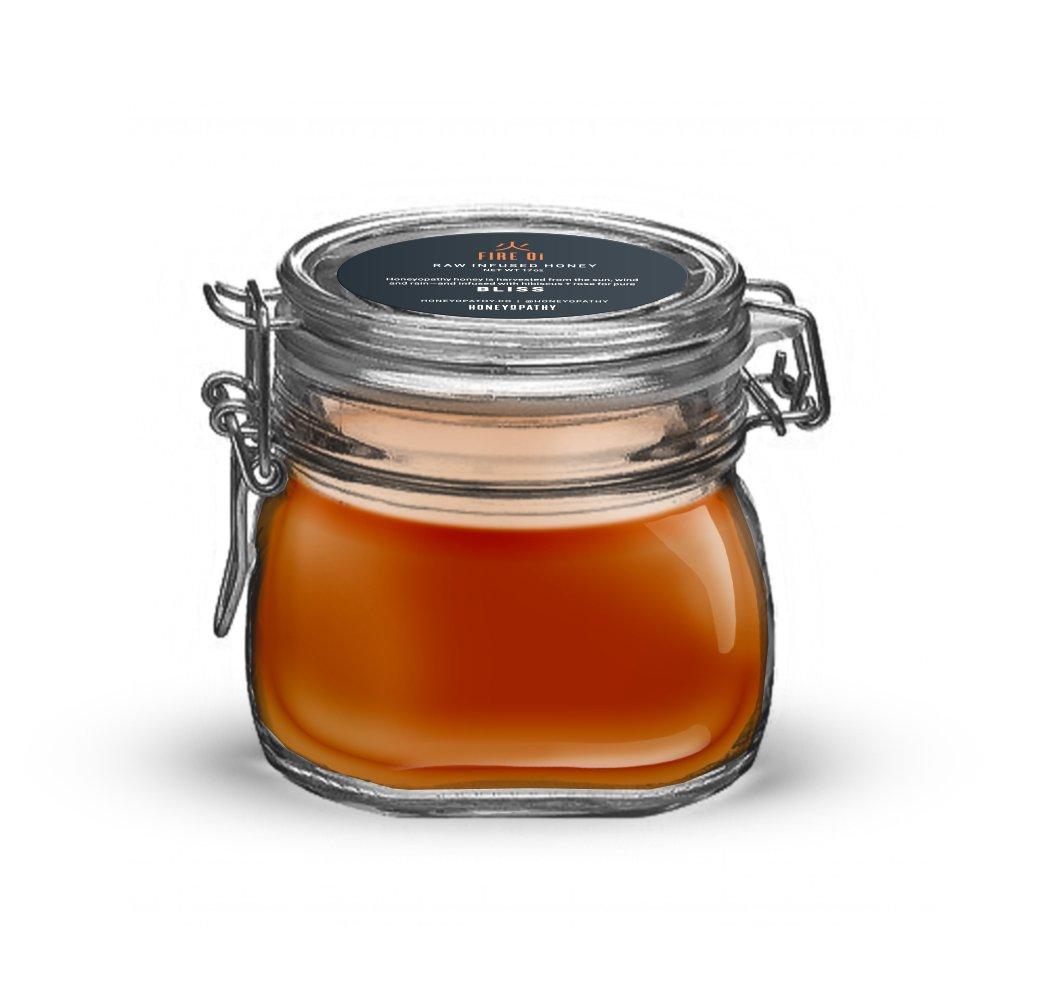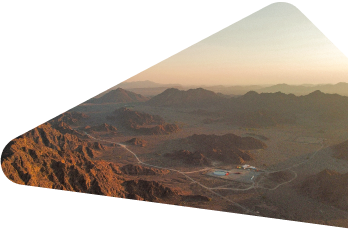What is Qi?
Classical Chinese Medicine (CCM) starts with the concept of Qi (pronounced "chee").
- Qi is energy in the very broadest sense possible.
- Qi is universal.
- Qi embraces all manifestations of energy, from the most material aspects of energy (such as the earth beneath your feet, your computer, and flesh and blood) to the most immaterial aspects (light, movement, heat, nerve impulses, thought, and emotion).
Life, it is said in the Chinese medical classics, is a gathering of Qi. A healthy (and happy) human being is a dynamic but harmonious mixture of all the aspects of Qi that make up who we are.
Qi is in a state of continuous flux, transforming endlessly from one aspect of Qi into another. It is neither created nor is it ever destroyed; it simply changes in its manifestation.
In order to talk about the relationships between the various aspects and manifestations of Qi within a given context, Chinese philosophy employs the concept of yin and yang.
What are Yin and Yang?
In the Chinese perspective, given the importance of "taking everything as a whole," all things are relative. A thing can be understood only in relation to something else. This is the essential idea behind the use of the terms yin and yang.
Yin and yang are terms used to describe relative opposite qualities or manifestations of Qi. If yin is form, then yang is function. If yin is material, then yang is immaterial.
- Yin refers to aspects or manifestations of Qi that are relatively material, substantial, condensing, solid, heavy, descending, cold, moist, cooling, dark, passive and quiescent.
- Yang refers to aspects or manifestations of Qi that are relatively immaterial, amorphous, expanding, hollow, light, ascending, hot, dry, warming, bright, aggressive, and active.
What is the relationship between Qi and yin and yang?
Everything that is yin contains some element of yang, and everything that is yang contains some element of yin. There is nothing so solid or material (yin) that does not contain some energetic vibration (yang), and nothing so kinetic or immaterial (yang) that does not also contain some material substance (yin). Even light, so Einstein tells us, has mass.
Yin and yang are continuously changing; they constantly adjust to one another, and are endlessly transforming one into the other in an eternal dance of becoming. This wonderful concept of change is beautifully illustrated in the simple image of the "yin-yang symbol."
When all of the yin and yang aspects of Qi are in harmony with one another, there is health, wellbeing and contentment. When yin and yang are in disharmony, when there is too much or too little of one aspect of Qi relative to another, then there is illness, pain and suffering.
How are the concepts of Qi and yin and yang applied in CCM?
CCM provides guidelines for both the practitioner and patient on how to best facilitate harmony between yin and yang in any set of circumstances and how to create and circulate an abundance of Qi to sustain health and wellbeing. These are the "stems" of CCM that spring from the root concepts of Qi and yin and yang.
To assist the practitioner and patient in this task, CCM offers several different perspectives on the dynamics of Qi and the interplay of yin and yang. These different perspectives are like different types of maps of the same territory.
What are some causes of disharmony in the body?
Because the dynamics of yin and yang are always shifting and changing in the world around us, we must continuously respond to these changes in order to maintain the harmony of yin and yang in our lives and so maintain our health and wellbeing.
If we do not make an appropriate response to change, then the harmony of yin and yang in our life may tilt into a pattern of disharmony and subsequently into illness, disease and suffering. The potential causes of disharmony fall into two general categories: deficiency and excess.



















Leave a comment